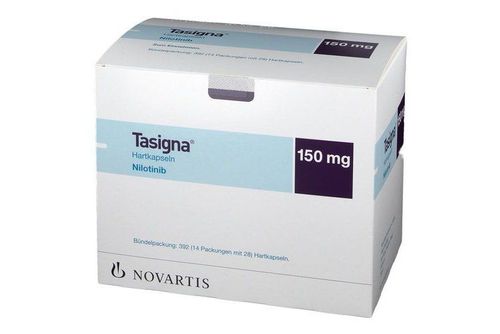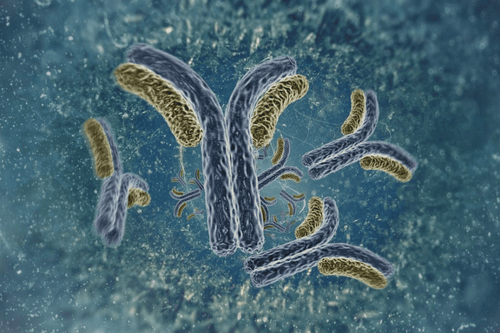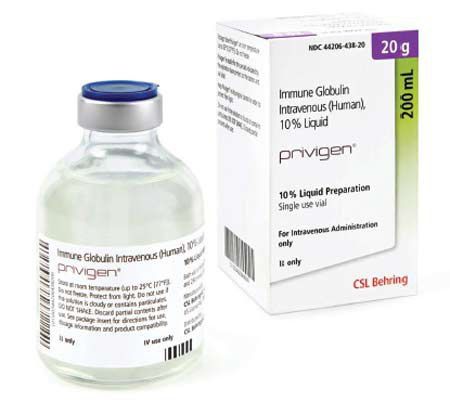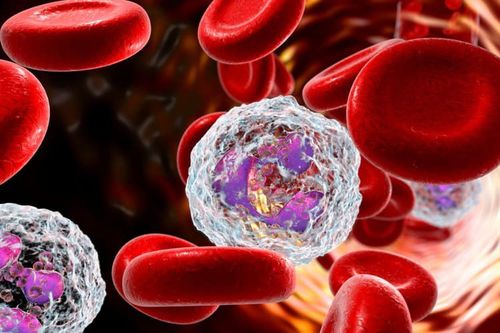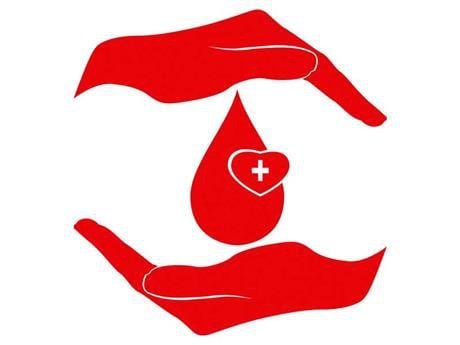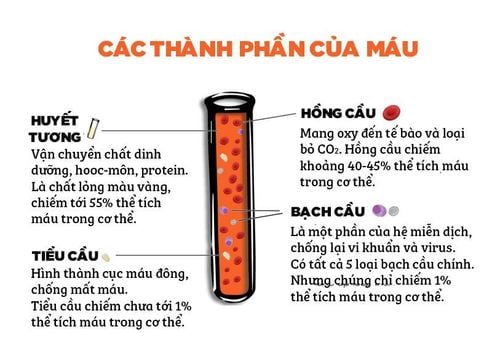This is an automatically translated article.
The article was written by MSc Le Thi Na - Doctor of Hematology, Laboratory Department - Vinmec Times City International General Hospital.Blood volume in healthy people is relatively stable and depends on many factors such as age, gender, weight... The amount of blood is proportional to body weight, each person has an average of 70 - 80ml of blood/ kilograms of weight. The blood volume is relatively stable thanks to the regulation mechanism between the amount of blood produced in the bone marrow and the amount of blood lost daily. Blood consists of two components: cells and plasma. Blood cells include red blood cells, white blood cells, and platelets. Plasma is composed of clotting factors, antibodies, hormones, proteins, minerals, and water.
1. Red blood cells
Red blood cells are responsible for transporting oxygen in the body. They are very small and shaped like donuts. The average lifespan of red blood cells is 120 days in the body. They contain a protein called hemoglobin , which contains iron, which has the ability to tightly absorb oxygen and is also the cause of blood red.
Red blood cells are very flexible. They have the ability to penetrate even the smallest blood vessels, called capillaries, to supply oxygen to all the cells in the body. When red blood cells reach organs and tissues, hemoglobin releases oxygen to the cells that need it.
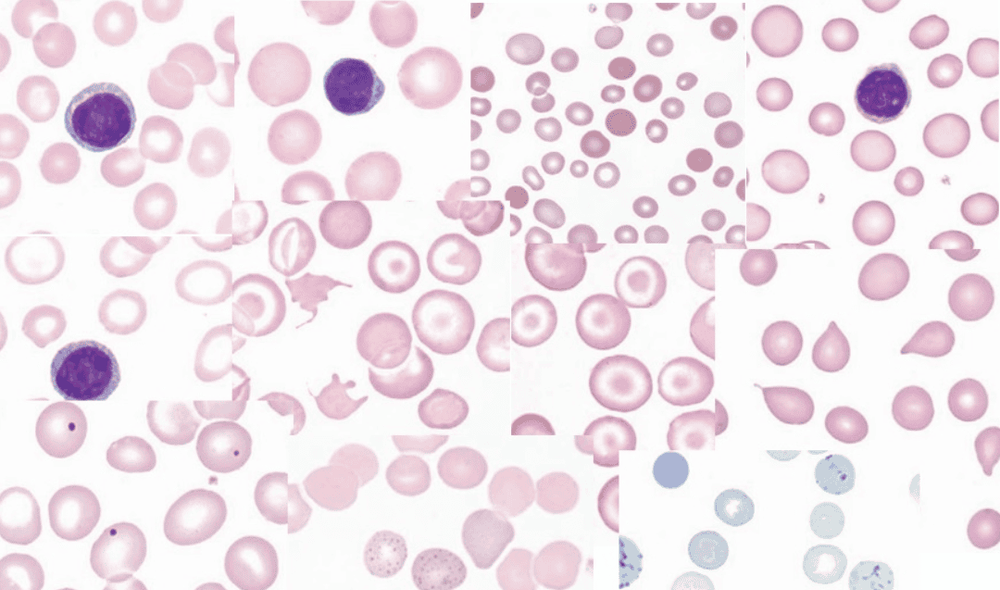
2. Platelets
Platelets are smaller cells than red blood cells. In fact, they are small pieces of another type of larger cell, called a megakaryocyte, in the bone marrow. Platelets are formed by separating from a platelet sample.
Platelets only have an average lifespan of 8 to 10 days in the body. Therefore, new generations of platelets are created continuously. Platelets in the body are responsible for blood clotting. When injured, platelets in the blood will clump, stick to damaged tissues and form blood clots. Platelets also release certain growth substances that speed up the healing of damaged tissue.
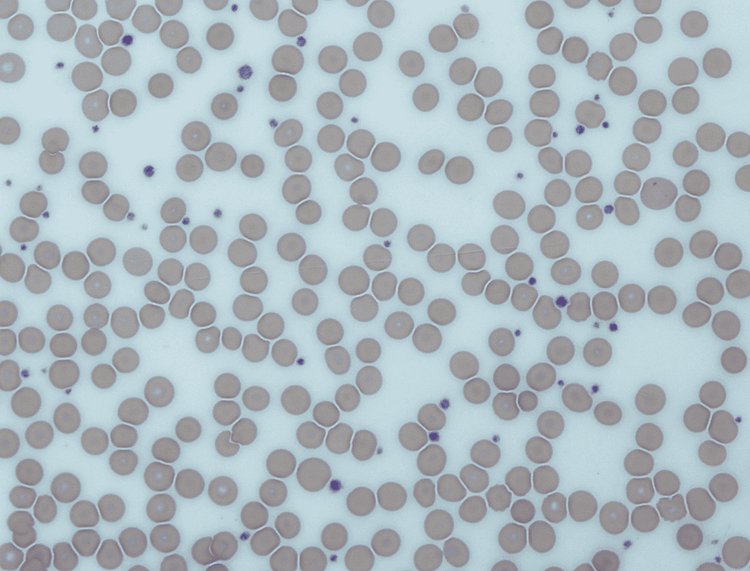
3. White blood cells
As a component of the blood, white blood cells are cells of the body's immune system. Some white blood cells have the ability to kill microorganisms by devouring them. Certain other types of white blood cells, called lymphocytes, release antibodies to help fight infections.
All blood and plasma cells do not work in isolation but work in harmony with each other. For example, when you cut your hand, platelets clump together to prevent bleeding. Plasma provides nutrients and proteins that aid in blood clotting. Meanwhile, white blood cells help prevent the cut from becoming infected. Red blood cells provide oxygen to keep tissue healthy and heal later.
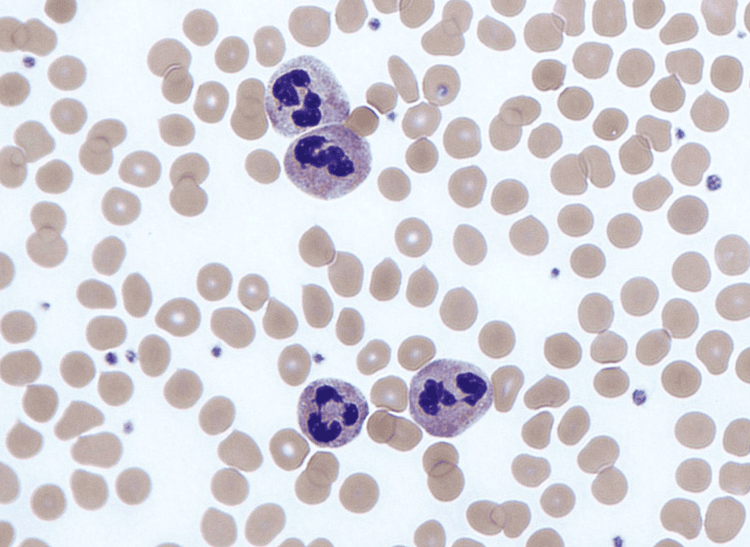
4. Plasma
The liquid part, which is yellow in color, is a blood fluid containing many substances important for life. The composition of plasma includes:
Water: In an adult, water makes up about 70% of the total body weight, most of the water is located outside the cells in the interstitial fluid and circulating blood, maintaining the balance between water in and out. outside the cell. Minerals: Sodium, calcium, chlorine, magnesium, iron, other alkaline substances,... Protein: includes albumin and globulin, which is a source of materials for building the body and fighting infection. Lipids: Participate in homeostasis, nutrition, and organization. Sugar: Nutrition for energy. Vitamins: Participate in the synthesis of substances and energy metabolism. Plasma changes according to physiological conditions in the body, for example after a meal plasma is cloudy and becomes clear, lemon yellow a few hours after ingestion.

When the body loses blood, dehydration or lack of blood-forming materials all affect the function of the body. Blood loss can be from acute bleeding or other causes of gradual blood loss. Dehydration can be caused by vomiting, diarrhea, fever, or a lack of body fluids. The diet does not provide enough, unbalanced nutrients, blood-forming materials all cause deficiency of blood components. In addition, foreign factors such as bacterial infections, viruses, parasites, acquired diseases all affect the function of blood components.
Health examination and especially periodic blood tests to detect early risks of abnormal blood components for timely intervention.
>> See more: The role of plasma in the body - Article written by Specialist Doctor II Le Thi Na - Laboratory Department - Vinmec Times City International Hospital

Please dial HOTLINE for more information or register for an appointment HERE. Download MyVinmec app to make appointments faster and to manage your bookings easily.





